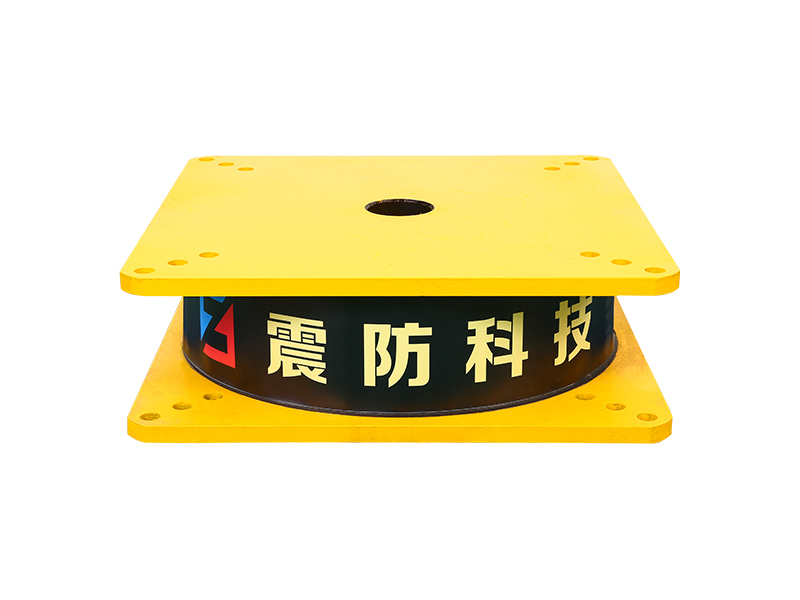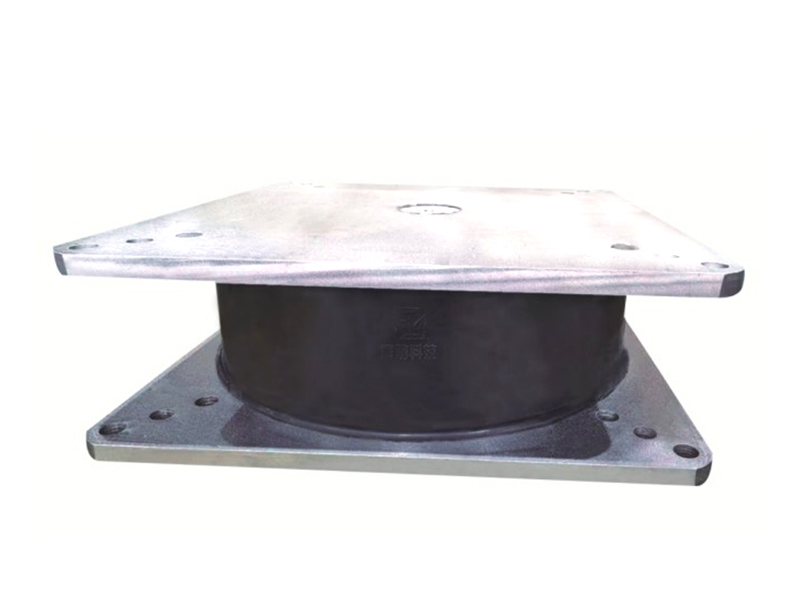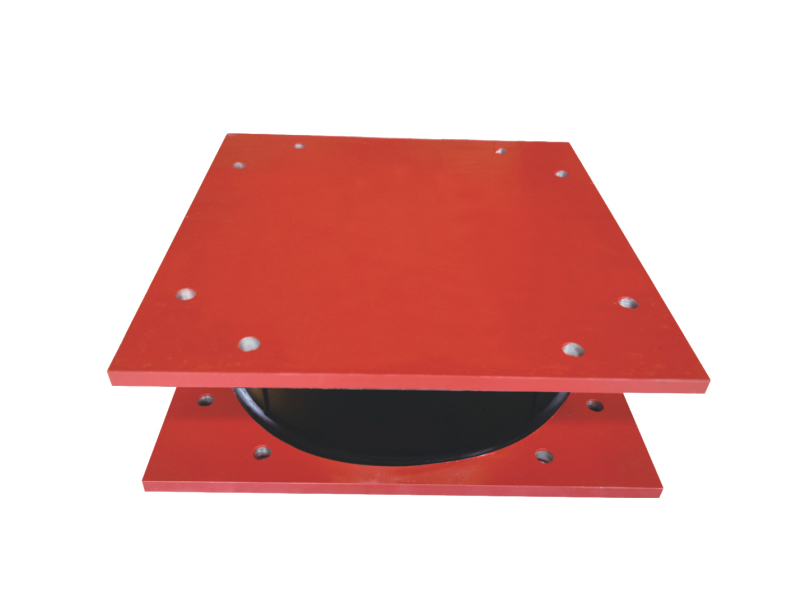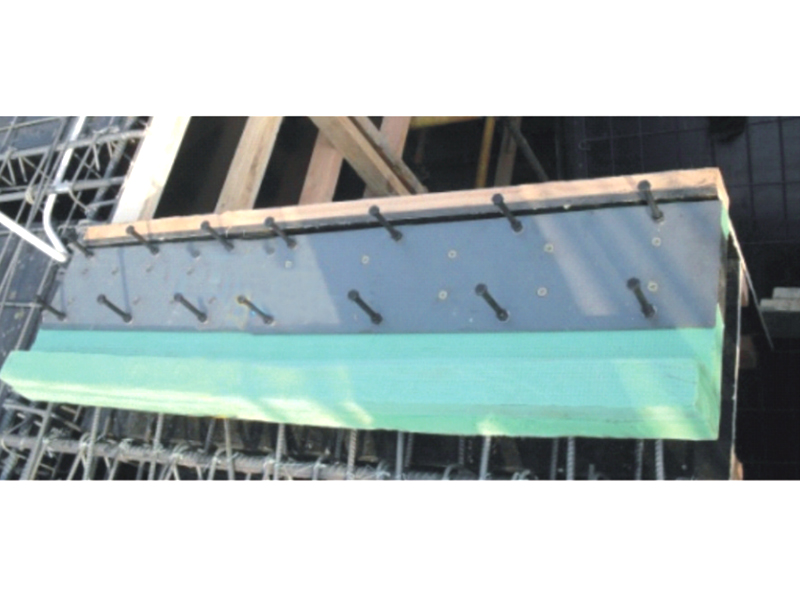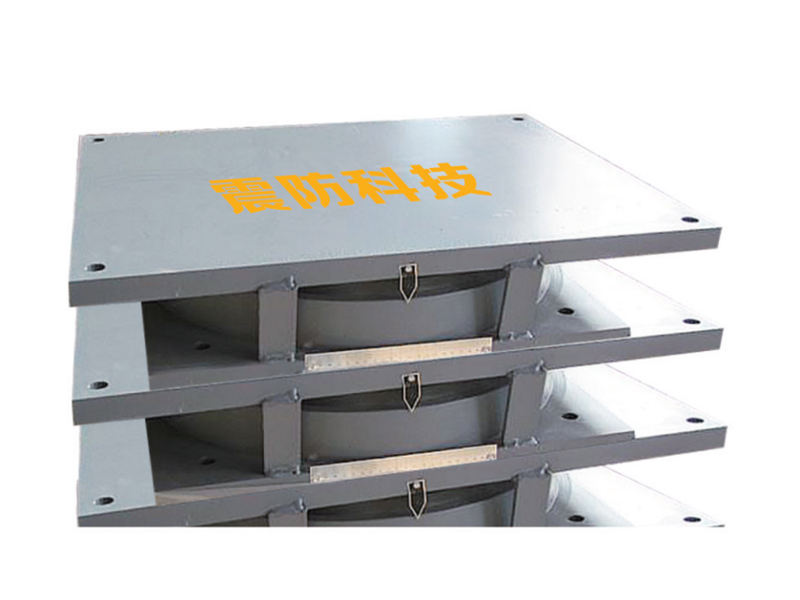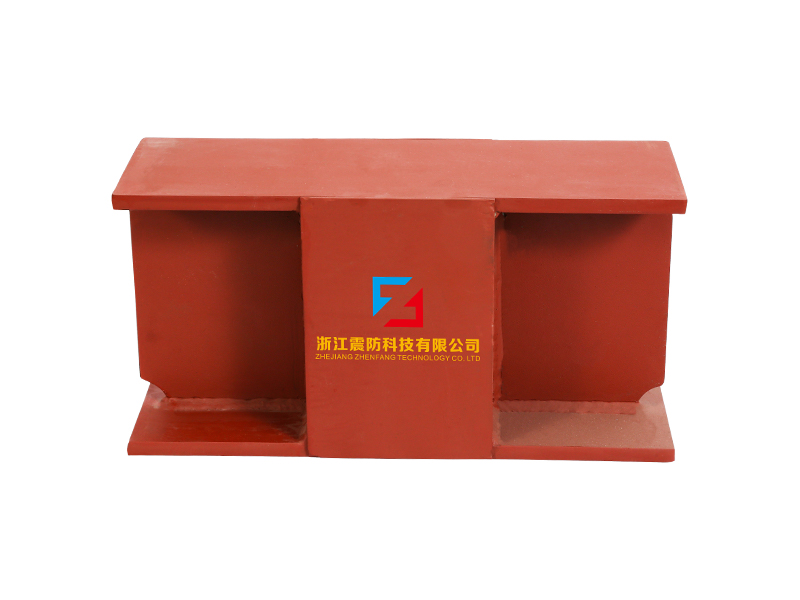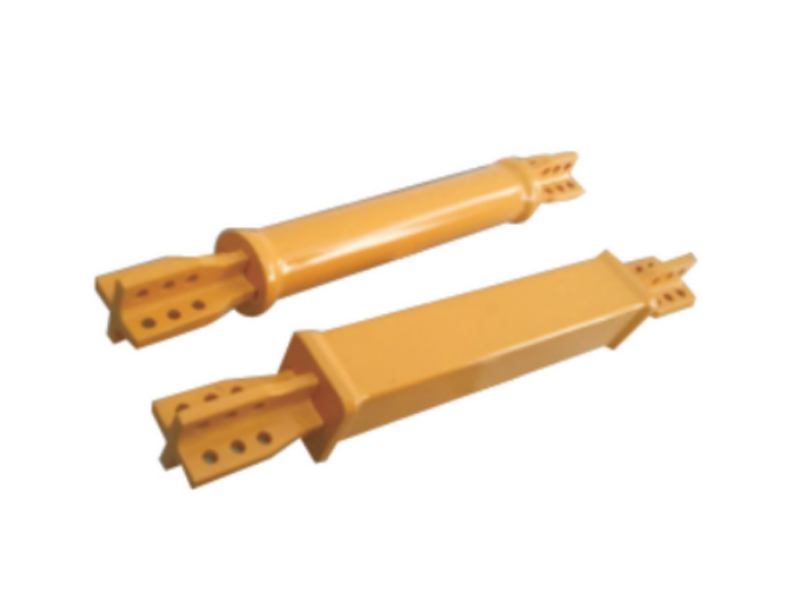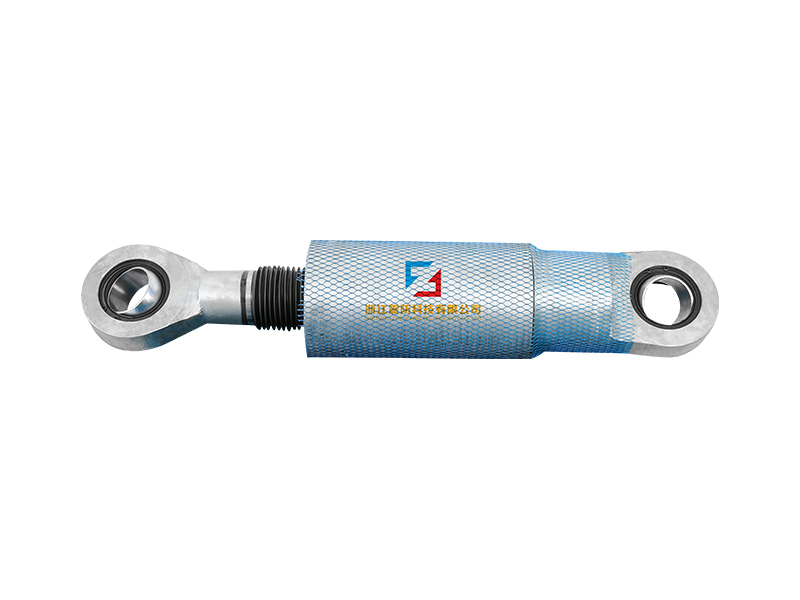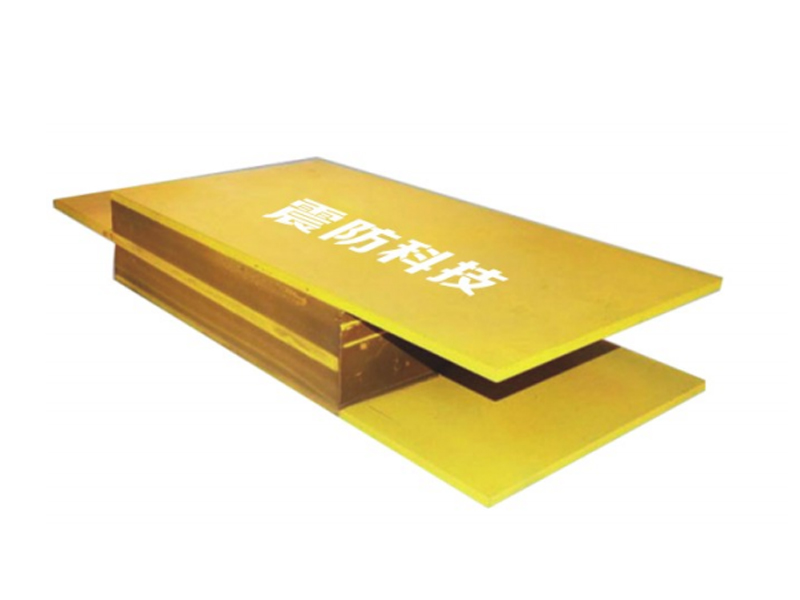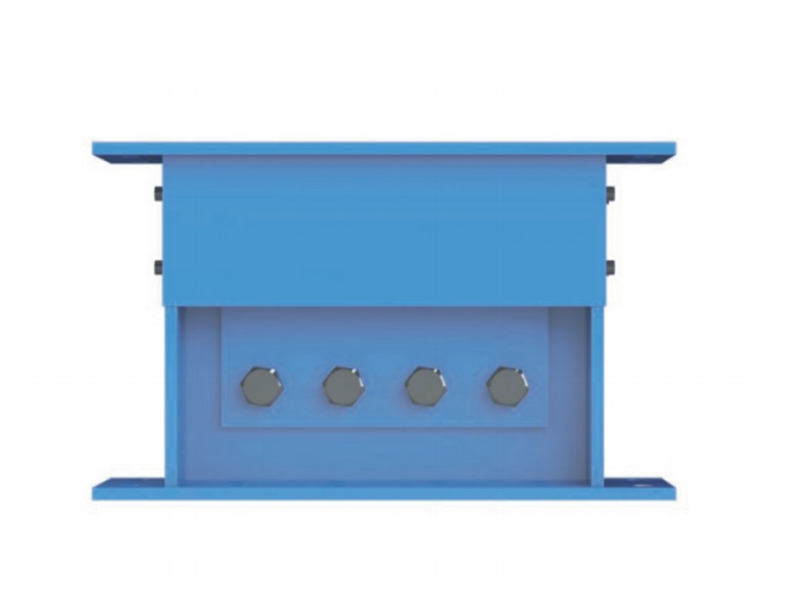The Elastic Sliding Bearing is an important component of many mechanical devices. The basic principle behind this type of bearing is to provide friction and a frictionless sliding surface, thereby ensuring that the components remain stable in a wide range of loads. However, despite this, the friction property of the bearing can still cause problems, so it is important to understand its characteristics and application.
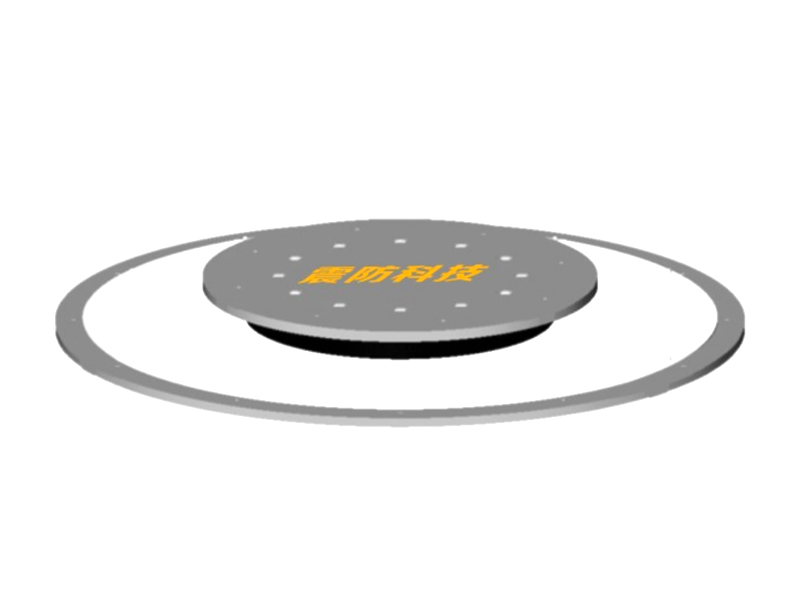
The friction coefficient of an Elastic Sliding Bearing is 0.35. It is determined by the material of the rings and the rate of polishing. The friction between the sliding rings corresponds to the lateral stiffness. This means that the higher the friction coefficient, the better, as it means that the bearing will absorb more energy and will experience less lateral deformation during an earthquake. However, if the friction coefficient of the Elastic Sliding Bearing is low, it may be unsuitable for some applications.
An Elastic Sliding Bearing is an integral part of a motor vehicle's chassis. It consists of a rigid inner bushing with a flange projection and an elastomeric body that surrounds it. The outer flange projections have axial bearing surfaces. An elastomeric body includes an associated sealing lip that acts against the outer flange surface. The inner bushing and the elastomeric body are fixed by a bolt.
Another feature of an Elastic Sliding Bearing is that it has excellent sliding properties and can be inserted between axial bearing surfaces on the flange projection of the inner bushing. The design of an Elastic Sliding Bearing is particularly advantageous because it can be tensioned without causing torque to increase. Moreover, it can also be compensated for axial clearances. That makes the Elastic Sliding Bearing a valuable component of many machines.
An Elastomeric Sliding Bearing, also known as an ESI, is an alternative isolation bearing for overhead columns. It consists of a cylindrical rubber core enclosed by steel rings. The rubber core is filled with steel rings that absorb energy. The steel rings prevent the rubber core from bulging. Because the rubber core has a higher Poisson's ratio than steel, it is very stiff. The steel rings are stiffer than the rubber core, preparing them for friction and a low vertical load transfer.
The out-of-plane stiffness of the LRB and the slider bearing component affects the friction properties. The effect of this out-of-plane stiffness on the slider bearing component can be measured by a simple test. A detailed analysis of the FSLRB can help you determine its application in an industrial application.

